Rotor Field-Oriented Control (RFOC) of an induction machine
This note covers the rotor field-oriented control of an induction machine and its implementation on a user-configurable voltage-source inverter.
These notes present solutions for the implementation of control software, with practical, imperix-related aspects in mind. They mostly focus on one specific subsystem and may link to other technical notes if needed. Technical notes are application-independent.
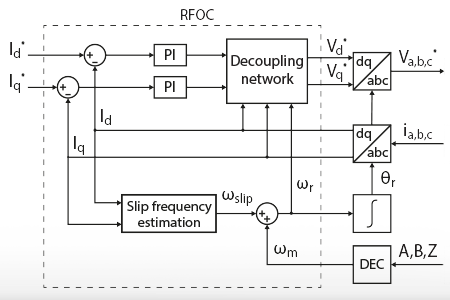
This note covers the rotor field-oriented control of an induction machine and its implementation on a user-configurable voltage-source inverter.
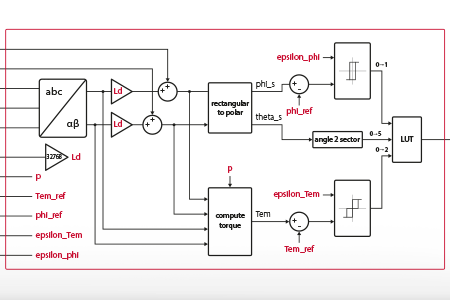
This technical note presents an FPGA-based Direct Torque Control (DTC) of a PMSM motor using Vivado HLS, coupled with the possibility to customize the FPGA…
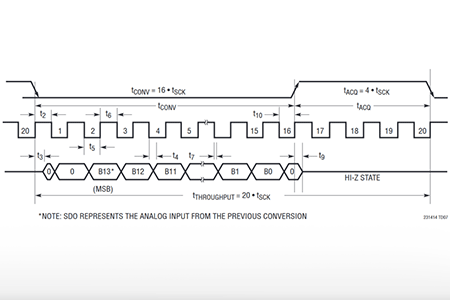
This technical note shows how an SPI communication link can be established between an FPGA and an external Analog-to-Digital Converter (ADC). The development setup will…
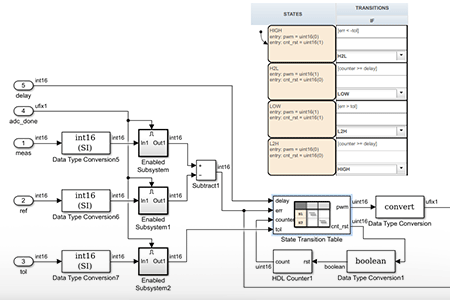
This technical note shows how the implementation of an FPGA-based hysteresis controller can be conducted, starting from the modeling stage, following with automated VHDL code…
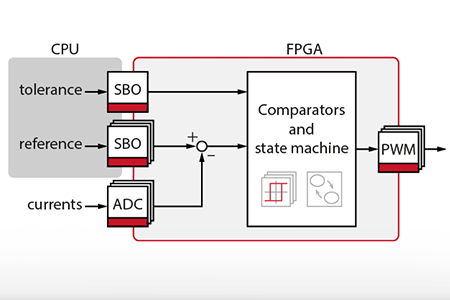
This technical note provides an example of how a fast hysteresis current controller can be implemented, leveraging the possibility of editing the FPGA firmware for…
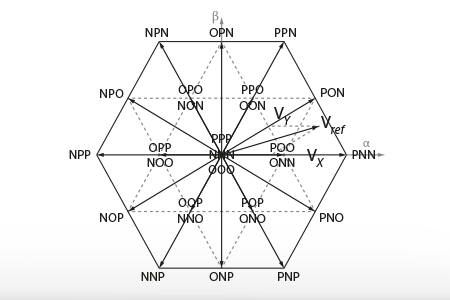
This technical note presents various techniques for the DC bus balancing of NPC converters. These techniques are notably used in TN135, which implements a grid-tied…
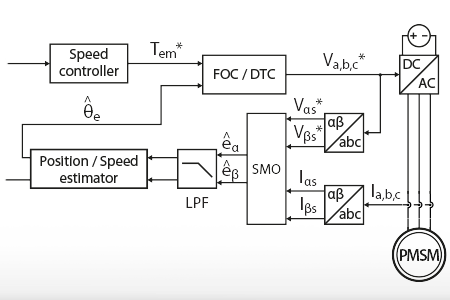
This technical note addresses the sensorless control of motor drives using a back-EMF sliding-mode observer. The technique allows speed and position estimation of a Permanent…
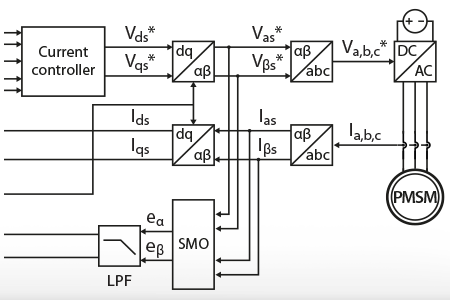
This note covers the I-f startup method for speed sensorless motor control and its implementation on a programmable power converter prototype.
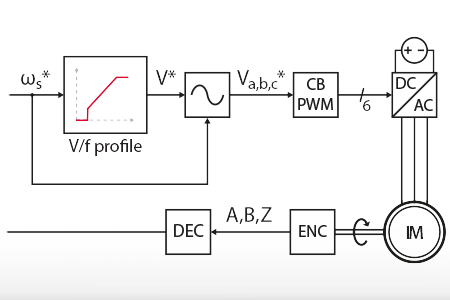
This note covers the V/f control of an induction machine and its implementation on a programmable drive inverter.

This note introduces a conventional control for Modular Multilevel Converters (MMC). The converter is used in a DC/AC inverter configuration and is connected to the three phase grid.
End of content
End of content